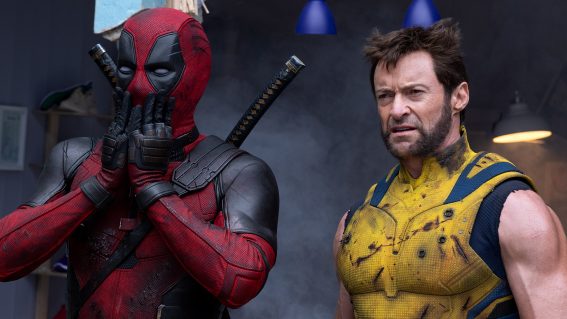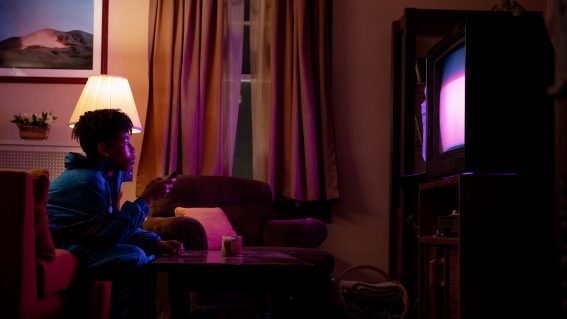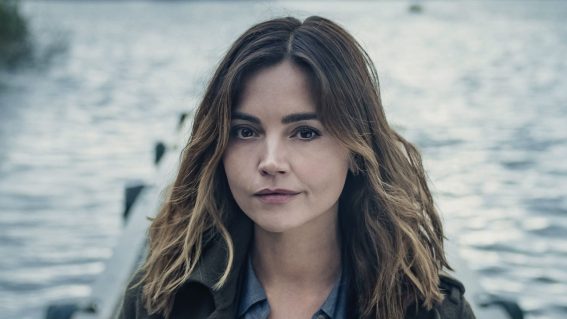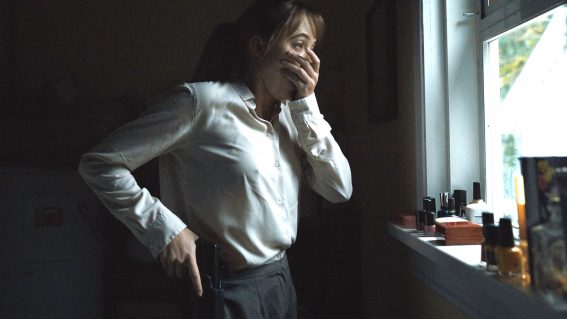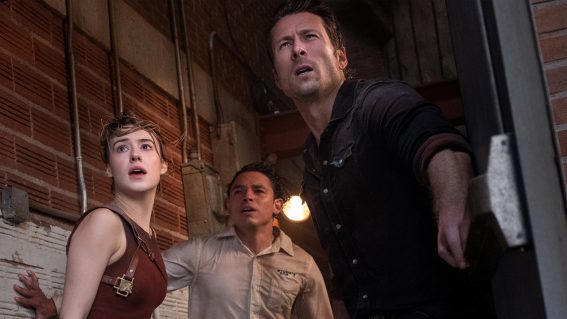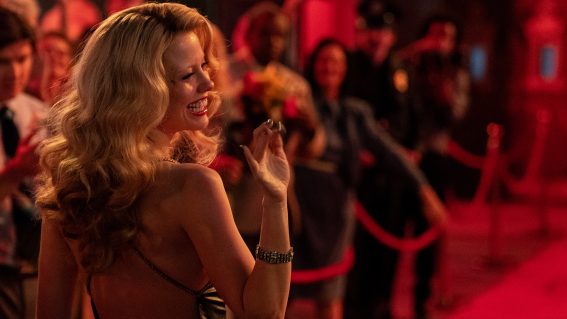The pilot of The Last of Us faithfully adapts the game’s violence and morality
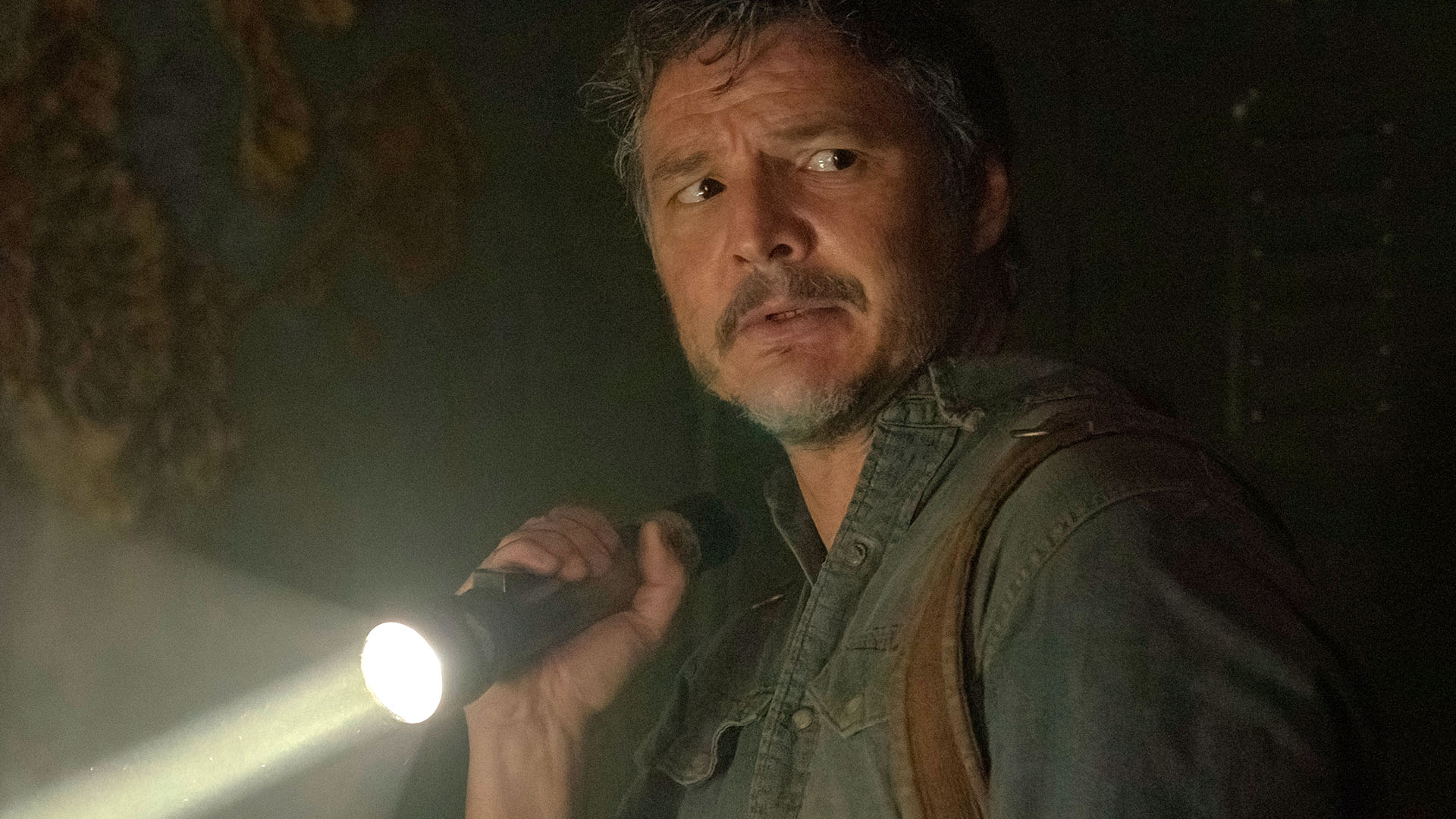
One of the greatest games of all time gets a prestigious HBO series adaptation with The Last of Us. Having seen the first episode, Tony Stamp assesses how the highly-anticipated show stacks up.
Light spoilers ahead for episode one.
In the 2013 video game The Last of Us, violence is hard. Many games are designed around commodified killing, from blipping spaceships in Galaga to zapping other players in Fortnite. But Neil Druckman’s AAA zombie smash hit was notably unsanitized, and when it came time to, say, beat a man’s skull in with your wrench, it wasn’t much fun. Not only are the kills ugly, they’re morally loaded—even more so in the sequel, which doubled down on making players feel the weight of their actions.
Adaptations of the format are notoriously unsuccessful—just look at Uncharted, another title from TLoU developers Naughty Dog, which would seem ideal for a cinematic remake, each instalment playing out like an interactive movie. And yet, after going through the development factory, the Tom Holland-starring results were less than satisfactory.
Even more than Uncharted, The Last of Us games are very well regarded, and expectation has been charged as to what approach the new HBO adaptation would take. It turns out that, under the watchful eyes of co-creators Neil Druckman (who directed the games), and Craig Mazin (whose cache rocketed after helming the Chernobyl miniseries), the answer is that it hews extremely close to the source material.
Episode one is faithful in almost every aspect, understanding that the original’s approach to violence and morality is the key here, and embracing that in ways not dissimilar to HBO’s prestige TV of the past.
‘The Last of Us’ refers to the people left alive after the end of the world, and like many zombie tales, it’s less about the threat of the undead, and more concerned with the living. Mainly what they’re capable of inflicting on each other when society collapses and things start getting desperate. It’s an approach that stretches from Romero’s Night of the Living Dead through to The Walking Dead, but the game’s biggest strength, aside from the excellent character work, is the way it takes the idea that violence begets violence to an extreme others wouldn’t dare.

As the title also suggests, it’s an ensemble piece, taking an almost anthology approach to the stories of humanity’s last survivors, and their orbit around our lead characters Joel and Ellie.
The show, like the game, begins just prior to a fungal outbreak that turns most of the population into zombies. The action then shifts ahead 20 years, a crucial component to this story. It is, in part, a tale about survival amongst the undead. But more than that, it’s about continuing to live when hope is mostly gone.
Ellie is 14, born into this post-apocalyptic version of society. Anything prior to it is just something she’s learnt about at school, relying on Joel for further info, as well as the trinkets they discover in the world outside the human encampments. She understands that civilization is gone, for good, and the way forward includes co-existing with the reanimated dead, many of whom have been shuffling around for decades, the fungus inside them mutating their bodies into strange new forms.
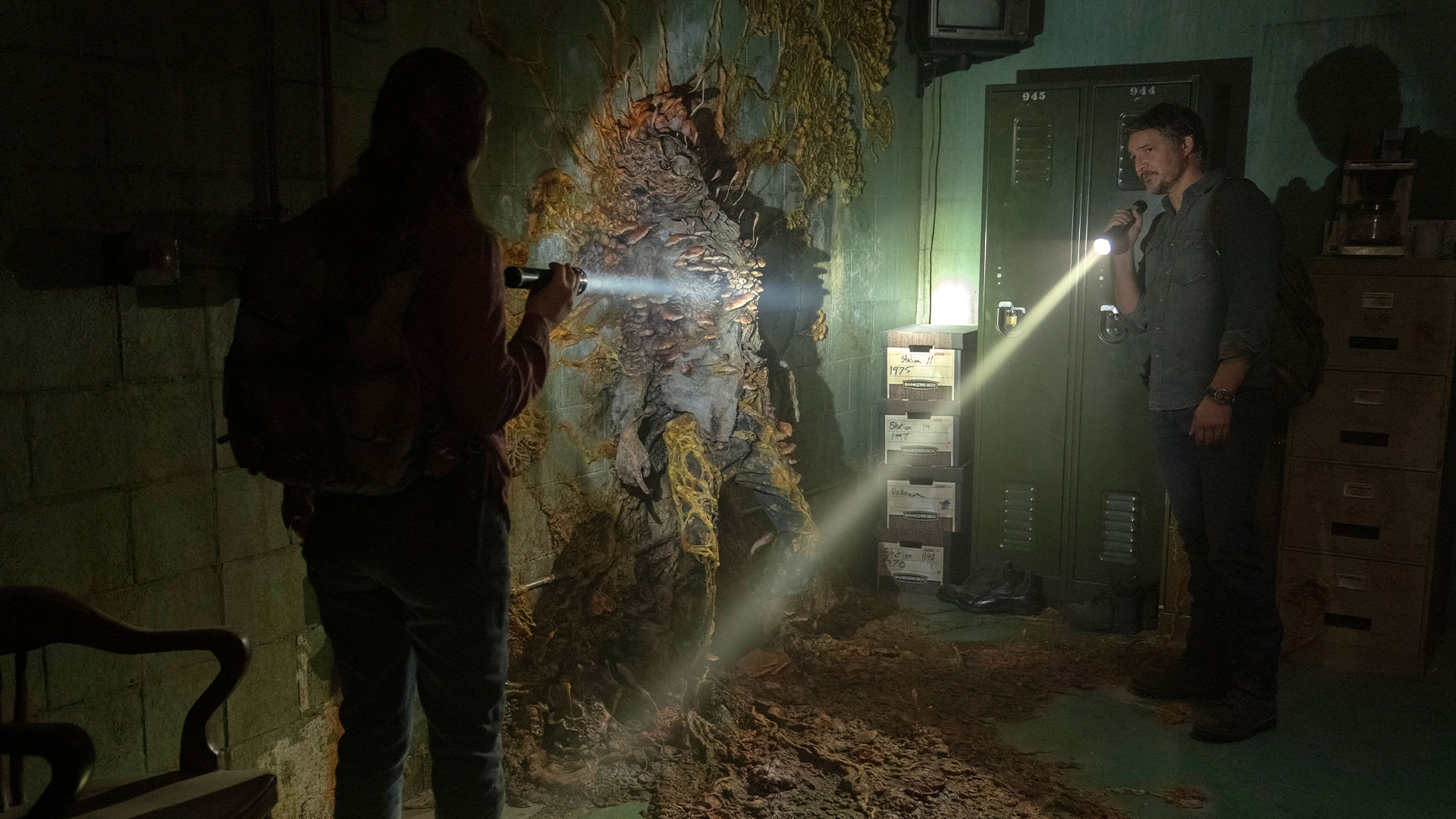
There is a kernel of hope that things could change, and it’s linked to Ellie. It’s why Joel is tasked with escorting her across the country. But these characters are well beyond optimism, and the daily risks they face are too much of a distraction. The infected have been contained to a degree, but humans have had twenty years to readjust their priorities, and many have decided that wanton murder is a price they’ll happily pay to stay alive a bit longer.
The first episode’s plot is near-identical to the game, and I also spotted plenty of shots lifted straight from it, down to their lighting and colour scheme: players may feel a sense of deja vu. The central relationship is obviously key, and a lot of work is done to make you empathise with Joel and Ellie as they begin their journey. The pilot pulls the same trick repeatedly: introduces you to characters prior to when we met them in the game, i.e. we see what everyone was up to a day or two before that. It’s smart storytelling that extends and enriches what was already there.
The dynamic between the two leads will feel familiar to anyone who’s read or watched any of the Lone Wolf and Cub series or its adaptations, or indeed, that other series where Pedro Pascal plays a reluctant father figure, The Mandalorian. Regardless it works extremely well, calibrated to get you invested from the get go. Pascal is as great as expected playing a man wrecked by grief, and scarred from 20 years of having to murder in order to survive. And Bella Ramsey gets to show a different side to her dour Game of Thrones character: Ellie is full of teenage energy and frequently making jokes at Joel’s expense.
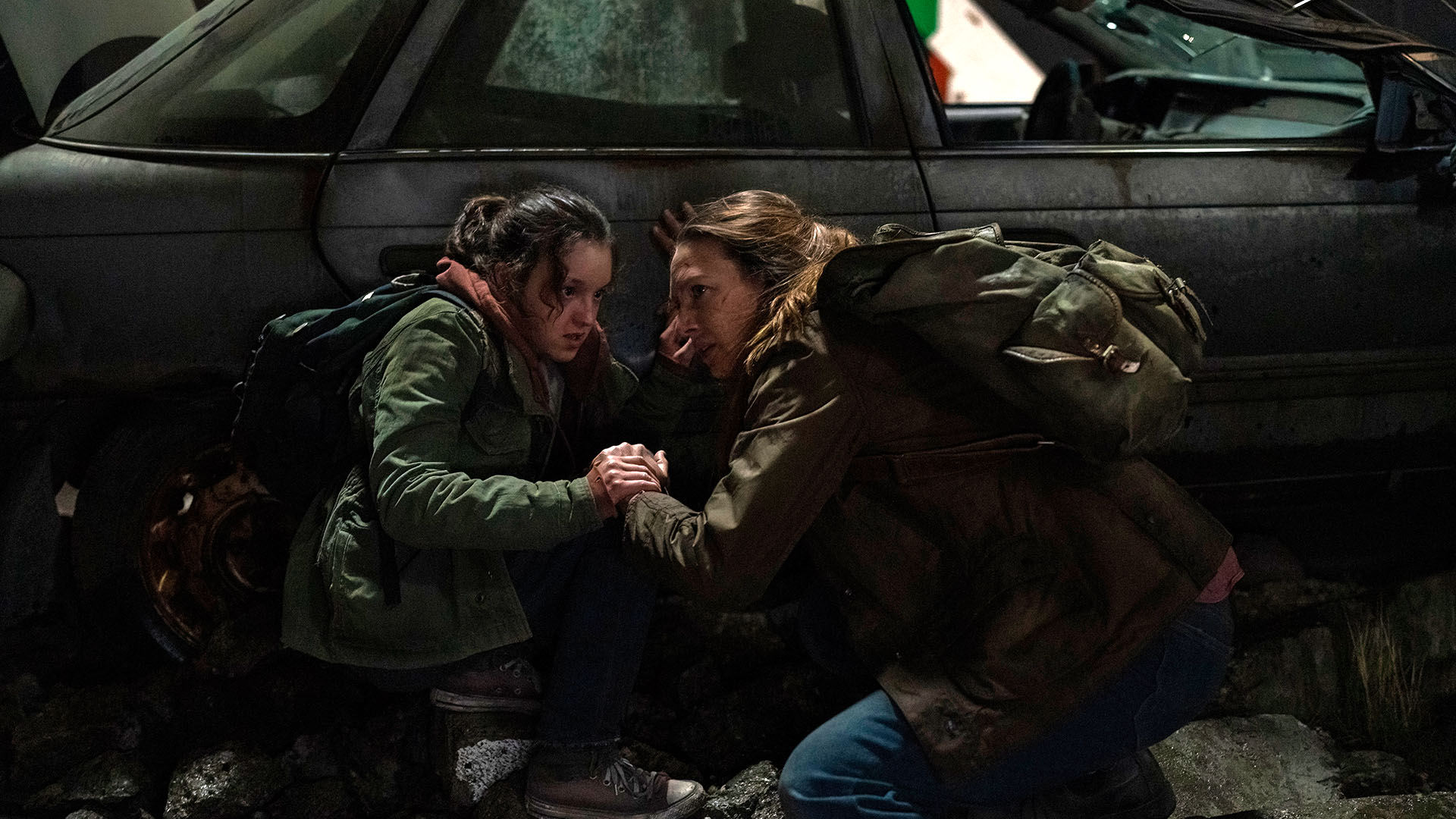
It’s a zombie show with no big emphasis on zombies. For one thing the fungal aspect of these creatures is emphasised, as is the evolution the infected have gone through after so many years. Having human characters turn out to be the real monsters is a well-worn trope, but game and show deploy it extremely well, crediting the audience with prior knowledge, then taking it much further.
Mention should be made of the score, by Oscar-winning composer Gustavo Santaolalla (he also composed music for the games). It’s excellent, and hearing the familiar theme during the opening credits was a real goosebumps moment.
The Last of Us has action and zombie peril, but from the start makes it clear this is a show about people. It cares, even about the bad guys, and the violence they and our heroes inflict on one another can be tough to watch. By the end of episode one you should be invested enough in Ellie and Joel to tune in every week, and that’s a prospect that feels slightly unnerving. Because if the plot of the series stays faithful to the game, these two are about to go through some really heavy shit.







